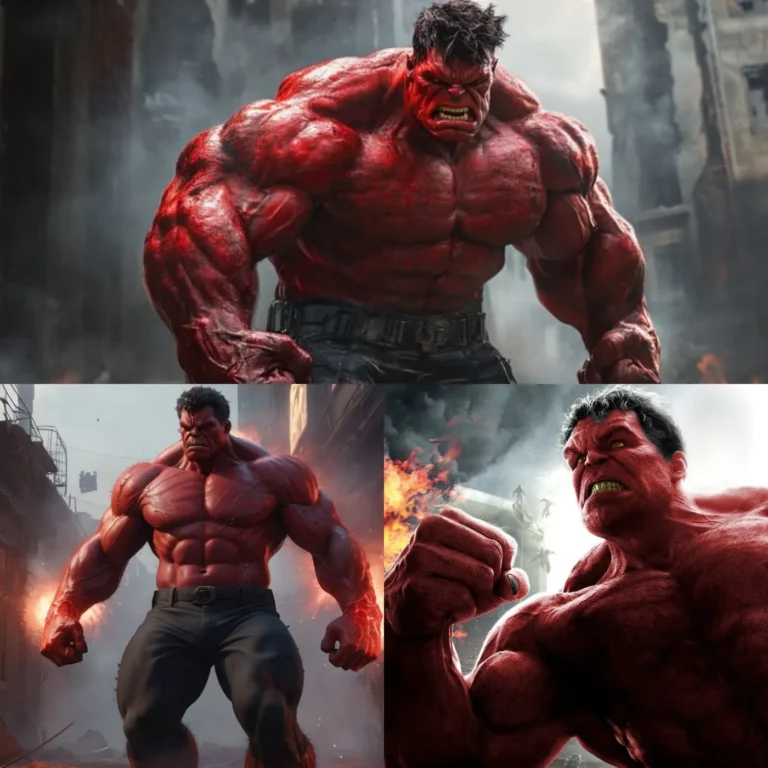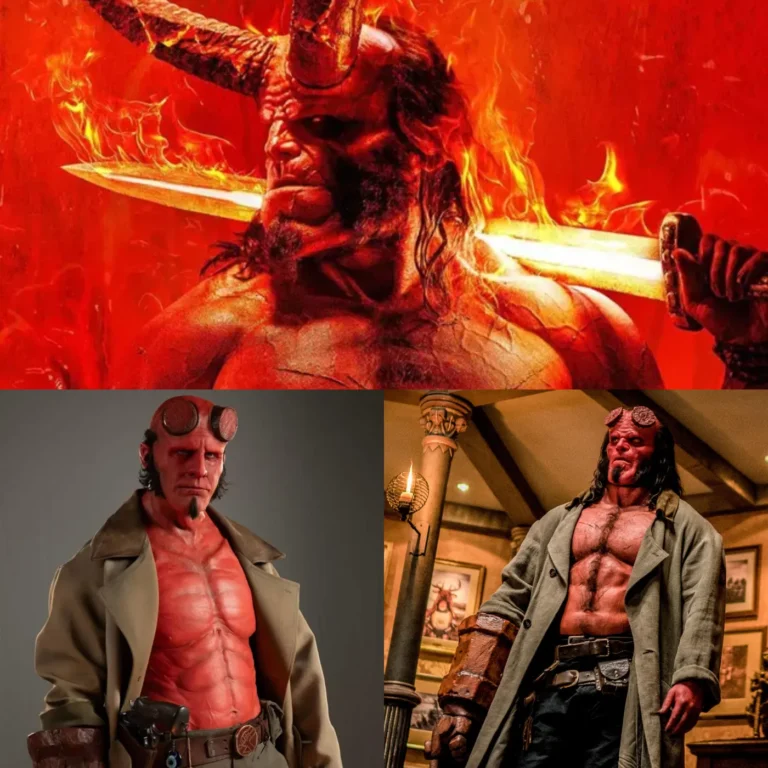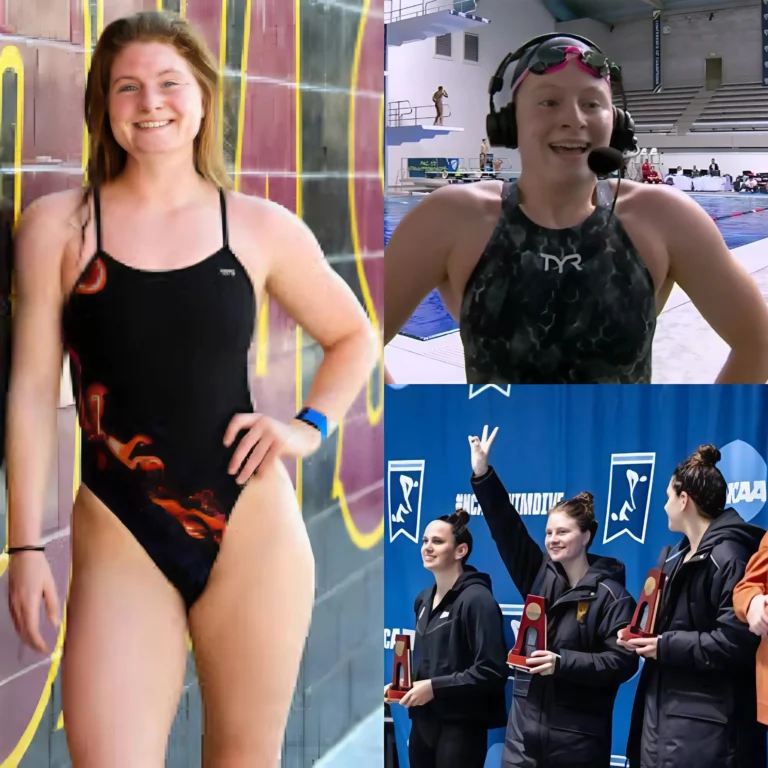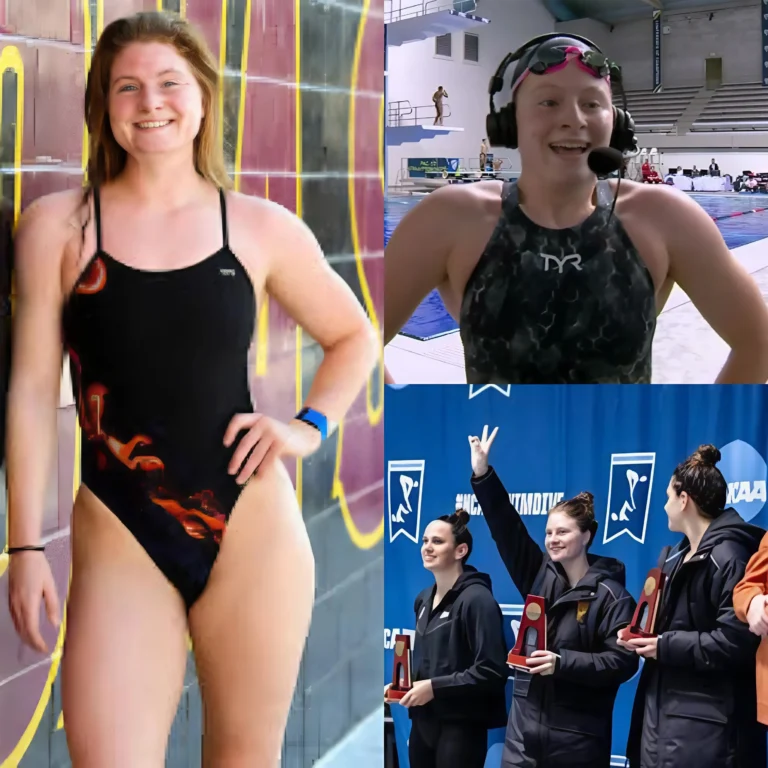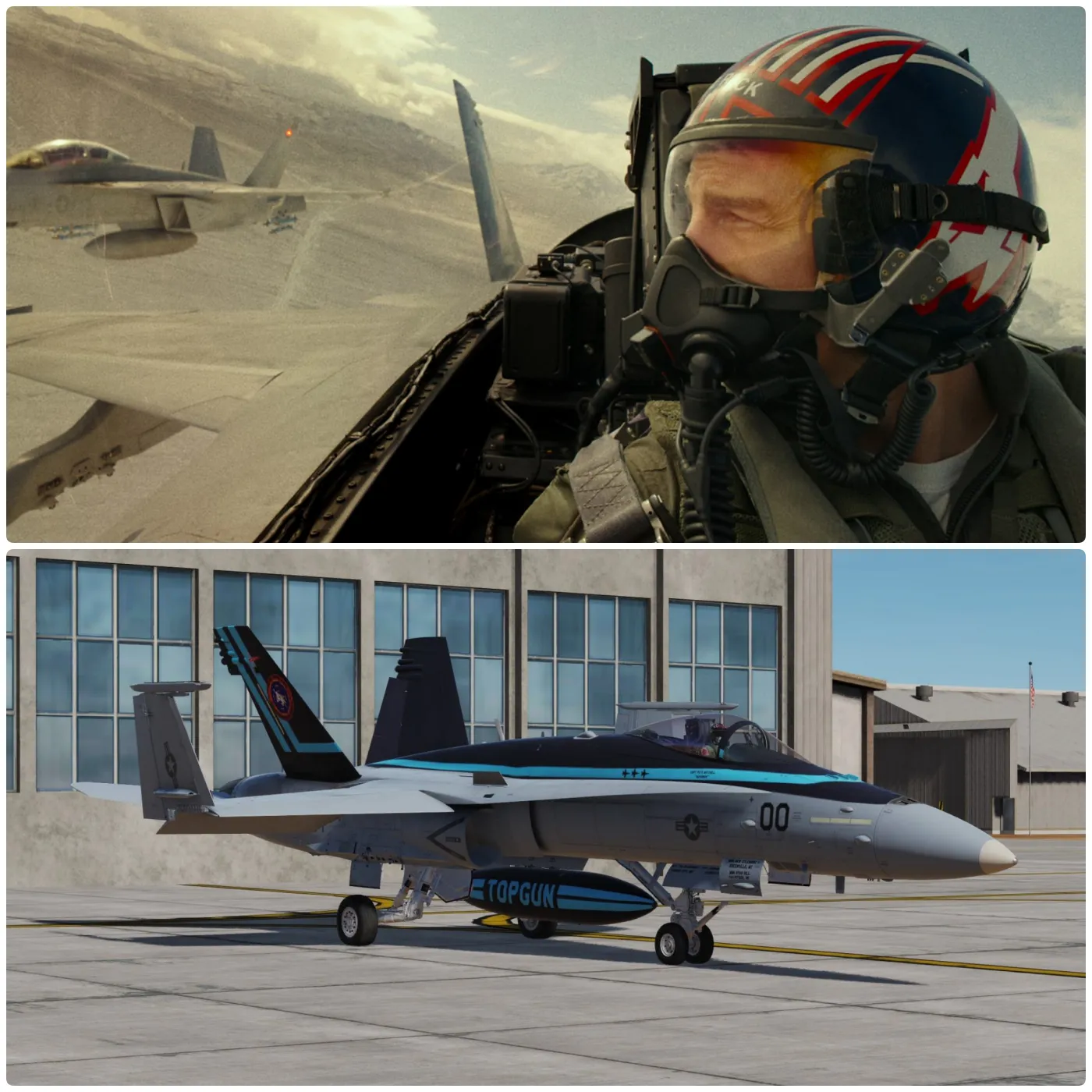
Top Gun: Maverick Crew Paid Over $11,000 per Hour to Rent Planes, but Tom Cruise Wasn’t Allowed to Fly
During the production of Top Gun: Maverick, the crew faced significant financial challenges, particularly the cost of over $11,000 per hour to rent military aircraft. Despite Tom Cruise’s reputation for performing his own stunts, he was not permitted to fly these powerful jets.
Strict Regulations Ensuring Safety
According to Glen Roberts, the Pentagon’s communications director, while Tom Cruise did pilot modern fighter jets during filming, Pentagon regulations prohibit civilians—like Cruise—from operating Department of Defense assets, except in limited situations such as using small arms in training exercises. Instead, actors, including Cruise, sat behind real pilots in the F/A-18 Super Hornet during filming. They underwent mandatory training to safely exit the aircraft in emergencies and survive at sea.

Field Training for Authentic Experience
Cruise is renowned for his dedication to authenticity, insisting that all actors portraying pilots in Top Gun: Maverick experience flying in Boeing-manufactured jets. This hands-on approach allowed them to understand what it’s like to be a pilot under high G-forces. Interestingly, Cruise had a similar experience while filming the original Top Gun in 1986.
Roberts noted that although the actors could experience flight, they did not actually control the planes. The U.S. Navy worked with the filmmakers, providing access to planes, aircraft carriers, and military bases, but emphasized that real Top Gun pilots must adhere to strict regulations. Roberts remarked, “Such individuals don’t exist in naval aviation,” highlighting the dedication and rigorous training required of real pilots.

Rigorous Training Program
Real Top Gun pilots are aviation enthusiasts, spending countless hours in classrooms and enduring intensive flight training at the Naval Air Station Fallon in Nevada, the actual location of the Top Gun school. This prestigious institution, officially known as the Navy Strike Fighter Tactics Instructor (SFTI) program, was founded in 1969 and specializes in teaching advanced combat tactics and techniques.
Roberts explained that a film doesn’t need to be a public love letter to the military to gain the Pentagon’s cooperation. However, it must maintain the integrity of the military. Filmmakers are required to budget appropriately and submit their scripts for military review. Although the Pentagon may request script changes, Roberts was unaware of any specific revisions made to Top Gun: Maverick.
Paramount Pictures revealed that Tom Cruise developed a rigorous flight training program for the young actors in Top Gun: Maverick. This training ensured they could handle the demanding flight conditions and convincingly portray naval aviators.

Top Gun: Maverick was finally released globally after multiple delays due to the pandemic. Roberts mentioned that the aircraft carrier scenes were filmed aboard the USS Abraham Lincoln during an exercise involving the F-35C Lightning II in August 2018. Filming also took place at Naval Air Station Lemoore in California.
Interestingly, the F/A-18 Super Hornet—nicknamed “Rhino” in the film—was more expensive to rent than the more advanced Lockheed Martin F-35C Lightning II. The main reason is that the F/A-18 (specifically the F/A-18F variant) has a two-seat design, allowing an actor to sit with the pilot, whereas the F-35C has only one seat, making it impossible for an actor to fly alongside the pilot.
Top Gun: Maverick not only showcases thrilling aerial action but also highlights the complexity and cost involved in collaborating with the military for film production. With Cruise’s commitment to authenticity, the film captures the intense world of naval aviation while adhering to strict military regulations.

